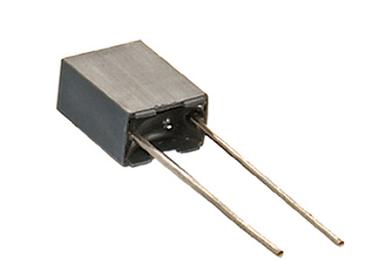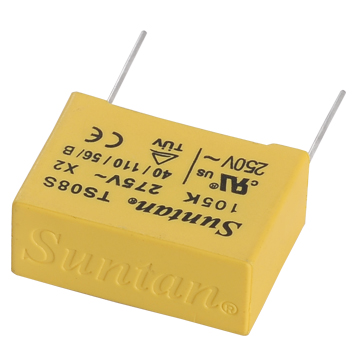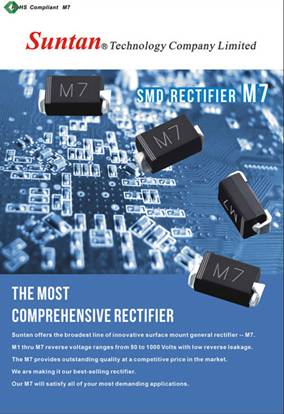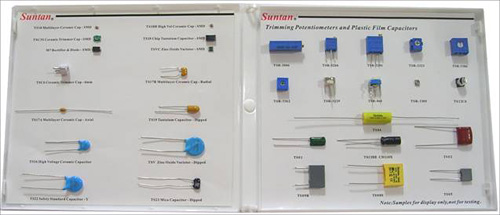The electronic device design and assembly industry, specially for Capacitive Discharge Ignition System, proper switch mode power supply (SMPS), lighting systemsshare large in India, which require Millions film capacitors. As per a customer of Suntan, Vishay/ Epcos were ruling this market but due to price pressure more and more manufacturers are looking at other options. The key is dielectric should be maintained or bettered as compared to Standards of Vishay/ Epcos, so the right option is limit. While more and more manufacturers are coming to Suntan for looking for replacements and new crossings as Suntan can offer right performance of capacitors, therefore stable shipments to India were increased gradually.
Suntan's plastic Film Capacitors with the high withstand-current performance of the conventional capacitors for photo flashes are used now widely for general appliances, industrial equipment, digital equipment, automotive electrical components, and hybrid cars which are required to offer high reliability and long life. All products are environmental-conscious and comply with RoHS Directive. The temperatures can go up to 105'C at most.
The general suitable types are listed as below:
Plastic film capacitor lines
Mylar film capacitor (small size)------------------------TS01
MKT Metallized film capacitor(standard)-----------------------TS02
Metallized film capacitor(AC voltage)---------------------- TS02A
Box type MKT P:5mm metal film capacitor---------------------TS05
X2 275VAC Box film capacitor--------------------- TS08S
MKP High voltage film capacitor---------------------- TS09
MKP High voltage Box MPP(DC/AC)---------------------- TS09B
larger value AC film capacitor---------------------- TS11
Axail film capacitor---------------------- TS04
Suntan technical department are ready here to provide further supports and sales are waiting for new inquiry.
Old customers welcome to check offers with Suntan sales, and new customers, please click info@capacitors.com.hk to check prices and stocks !
Thank you for your attention!
Suntan® Technology Co. Ltd. P:852 8202 8782 F:852 8208 6246 Web:www.suntan.com.hk Skype:Suntantech Email info@capacitors.com.hk




